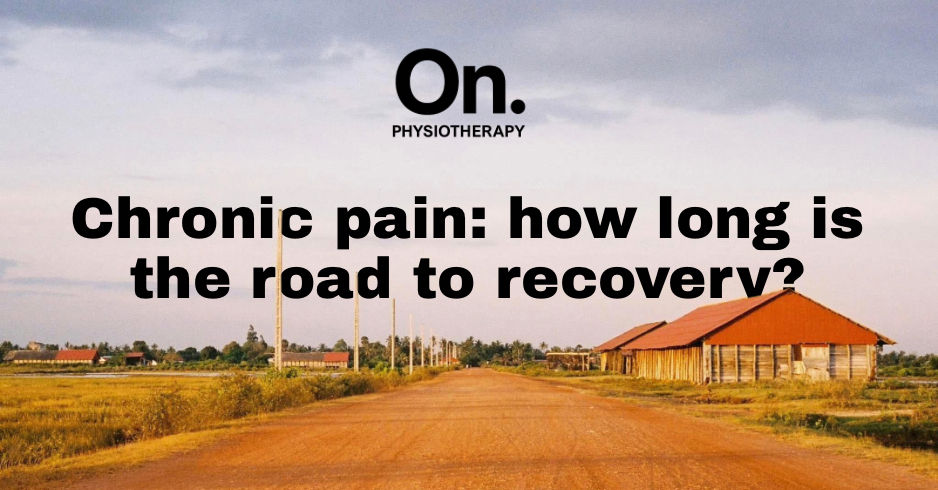Acute vs. Chronic Pain: Understanding the Difference Can Transform Your Recovery
- Yannick Sarton

- Oct 25, 2024
- 3 min read
Updated: 42 minutes ago

When addressing pain management, distinguishing between acute and chronic pain is of paramount importance. This differentiation informs both therapeutic strategies and patient outcomes. Here, we will outline the defining characteristics of acute and chronic pain, emphasizing the relevance of contemporary research findings in pain neuroscience.
1. Acute Pain Defined
Acute pain is characterized by its sudden onset and its close association with identifiable tissue injury or damage. It serves a protective function by signaling the body to react to harm and facilitate healing processes. Acute pain typically subsides as the injured tissue heals and homeostasis is restored.
• Tissue Damage Focus: The pathophysiology of acute pain is primarily linked to nociceptive activation due to damage in muscles, ligaments, bones, or other tissues. Its resolution corresponds with the restoration of tissue integrity.
2. Chronic Pain Explained
Chronic pain, defined as pain persisting beyond the typical healing period (generally three months), involves not just peripheral damage but also central sensitization. In chronic pain states, the nervous system, particularly the brain, continues to perceive pain despite the absence of ongoing tissue injury.
• Pain Is in the Brain: Emerging evidence underscores that chronic pain is predominantly mediated by neuroplastic changes within the central nervous system. This suggests that the brain continues to relay pain signals independent of peripheral tissue status, thus reframing chronic pain as a maladaptive neurological response.
3. Strategies for Managing Chronic Pain
The conceptualization of chronic pain as a centrally mediated phenomenon has revolutionized treatment approaches, focusing on cognitive, behavioral, and rehabilitative strategies to interrupt the pain cycle.
• Understanding Diagnosis: Patient education regarding their specific diagnosis and prognosis has been shown to alleviate anxiety, reduce catastrophizing tendencies, and promote a sense of agency in managing chronic pain.
• Catastrophizing and Its Impact: Catastrophizing, defined as an exaggerated negative mental set towards actual or anticipated pain experiences, has been empirically linked to increased pain perception and disability. Targeted psychological interventions can mitigate the effects of catastrophizing.
• Fear of Movement: Fear-avoidance behavior, often observed in chronic pain patients, leads to physical deconditioning and further exacerbates pain symptoms. Gradual re-exposure to physical activity is crucial for restoring function and reducing pain.
• Physical Rehabilitation: Active physical rehabilitation, encompassing progressive reconditioning exercises, serves not only to re-engage musculoskeletal systems but also to recalibrate the brain’s response to pain stimuli, ultimately facilitating recovery.
4. The Role of Education in Pain Management
Educational interventions have emerged as highly effective components of pain management programs. The provision of scientifically grounded explanations regarding the neurophysiological mechanisms of pain has been demonstrated to reduce pain intensity and improve patient outcomes.
I provide structured and evidence-based online physiotherapy for patients worldwide, offering clinical assessment, diagnosis, and personalised rehabilitation.
I also receive patients in person at my physiotherapy clinic in Phnom Penh.
You can begin your online physiotherapy session through the dedicated platform:
More information on clinical standards and supporting evidence is available here:
Yannick Sarton, MSc Physiotherapist
International Online Physiotherapy & In-Clinic Care, Phnom Penh
References:
De Ridder D, Adhia D, Vanneste S. The anatomy of pain and suffering in the brain and its clinical implications. Neurosci Biobehav Rev. 2021 Nov;130:125-146. doi: 10.1016/j.neubiorev.2021.08.013. Epub 2021 Aug 16. PMID: 34411559.
Vlaeyen JWS, Crombez G, Linton SJ. The fear-avoidance model of pain. Pain. 2016 Aug;157(8):1588-1589. doi: 10.1097/j.pain.0000000000000574. PMID: 27428892.
Martinez-Calderon J, Jensen MP, Morales-Asencio JM, Luque-Suarez A. Pain Catastrophizing and Function In Individuals With Chronic Musculoskeletal Pain: A Systematic Review and Meta-Analysis. Clin J Pain. 2019 Mar;35(3):279-293. doi: 10.1097/AJP.0000000000000676. PMID: 30664551.
Hashtags:



Comments